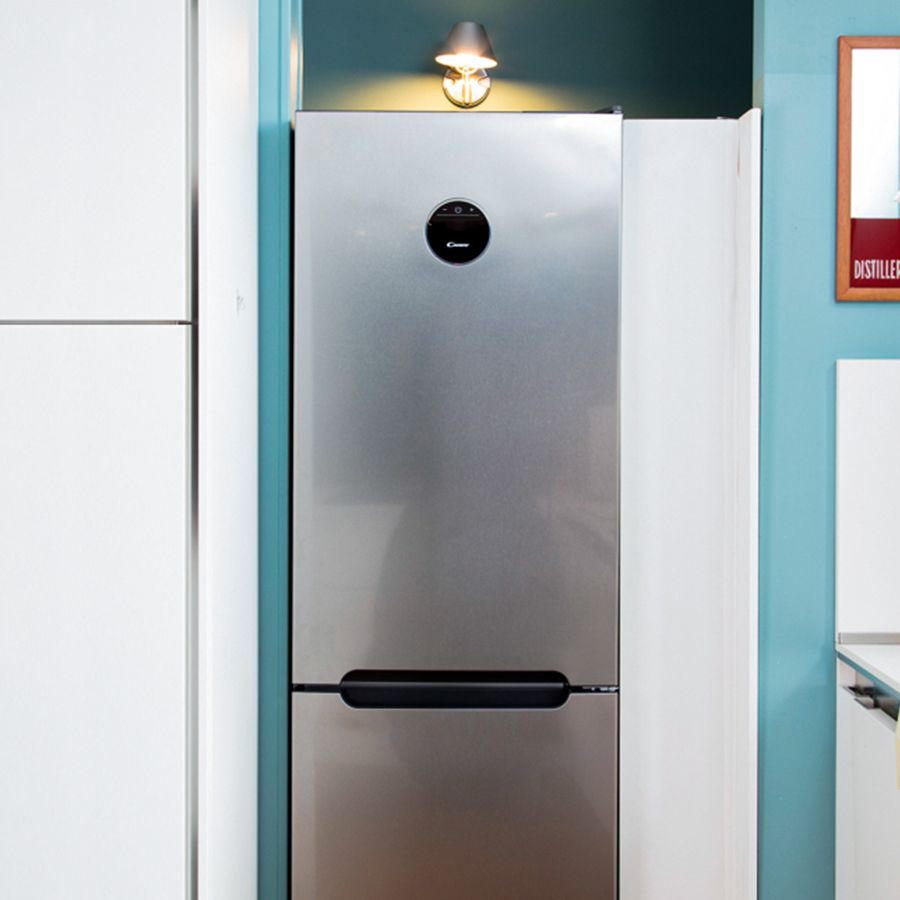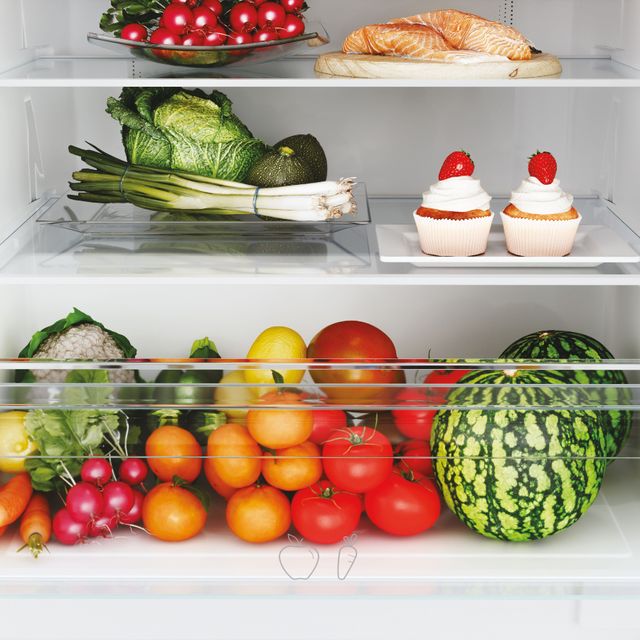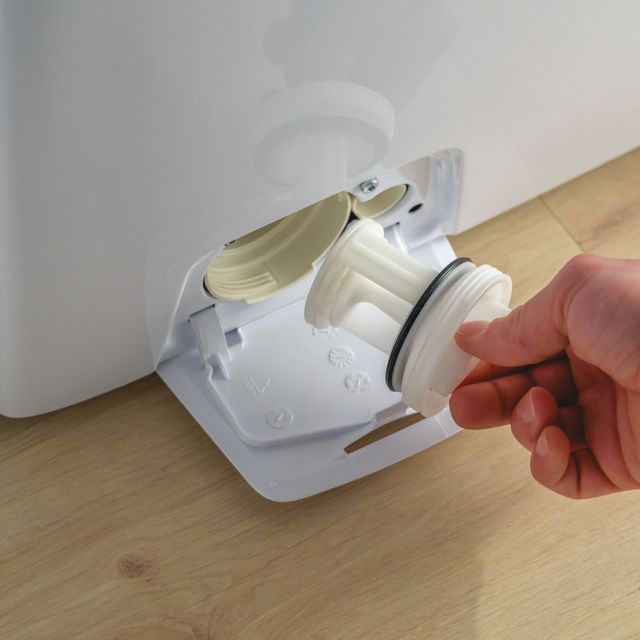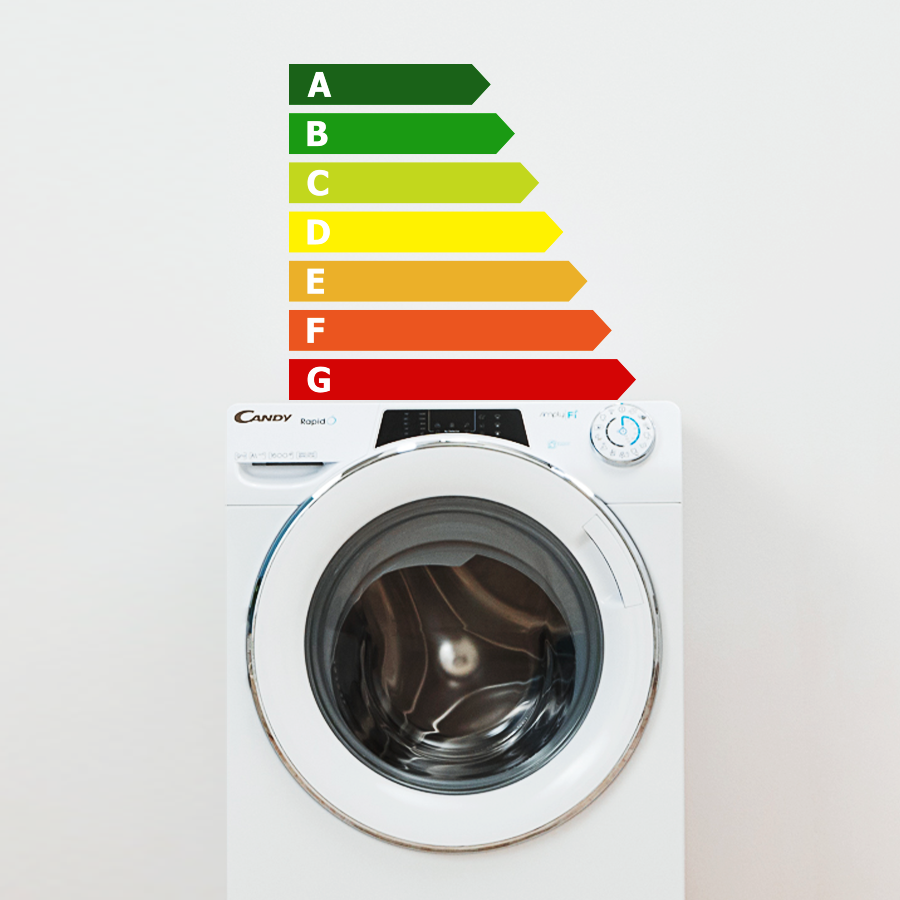Refrigerator storage: why it’s so important
Did you know that an organized refrigerator can save you time and money?
Knowing exactly what's inside it and where it is positioned can keep your food fresh for longer, avoid waste, and reduce the risk of contamination between leftovers.
Go ahead to learn some simple storage tricks that will help you to make the most of your coolest friend in the kitchen.
To each his own
Although it may not seem relevant, every kind of food should be placed in its proper place in the fridge.
Let’s discover more together:
- Ready-to-eat foods, such as leftovers, that can be served uncooked, should be stored on the top shelf, away from raw food.
- Raw meat and fish should be placed on the lowest shelf, to prevent cross-contamination.
- Items that are prone to spoiling, like eggs, milk and cream, should be placed on the medium shelves.
- The door is the ideal spot for condiments and spreads (no eggs and milk) and other things that tolerate higher temperatures, as it is the warmest place inside the fridge.
- All vegetables, wrapped in paper or plastic with air holes, should be placed in the dedicated drawer, with a high humidity level; on the other hand, all fruits should be stored in the dedicated drawer, with a low humidity level. The ethylene produced by fruits can cause the premature spoiling of vegetables, therefore it is suggested to keep them separate.
How to keep it clean
We’ve just seen how to order in your fridge. But what about keeping it clean?
Here’s a quick roundup of smart tricks:
- Use clean refrigerator containers: they prevent contaminations and avoid spilling.
- Place a tray under the meat on the lowest shelf to avoid any possible leak.
Line your fruit and vegetable drawers with paper towels or newspapers
- Don't leave fruits and vegetables in their grocery bags: it will make them spoil faster.
- Occasionally remove the detachable fridge shelves and soak them in warm water (mixed with dishwashing detergent)
- Wipe all the sticky jars.





